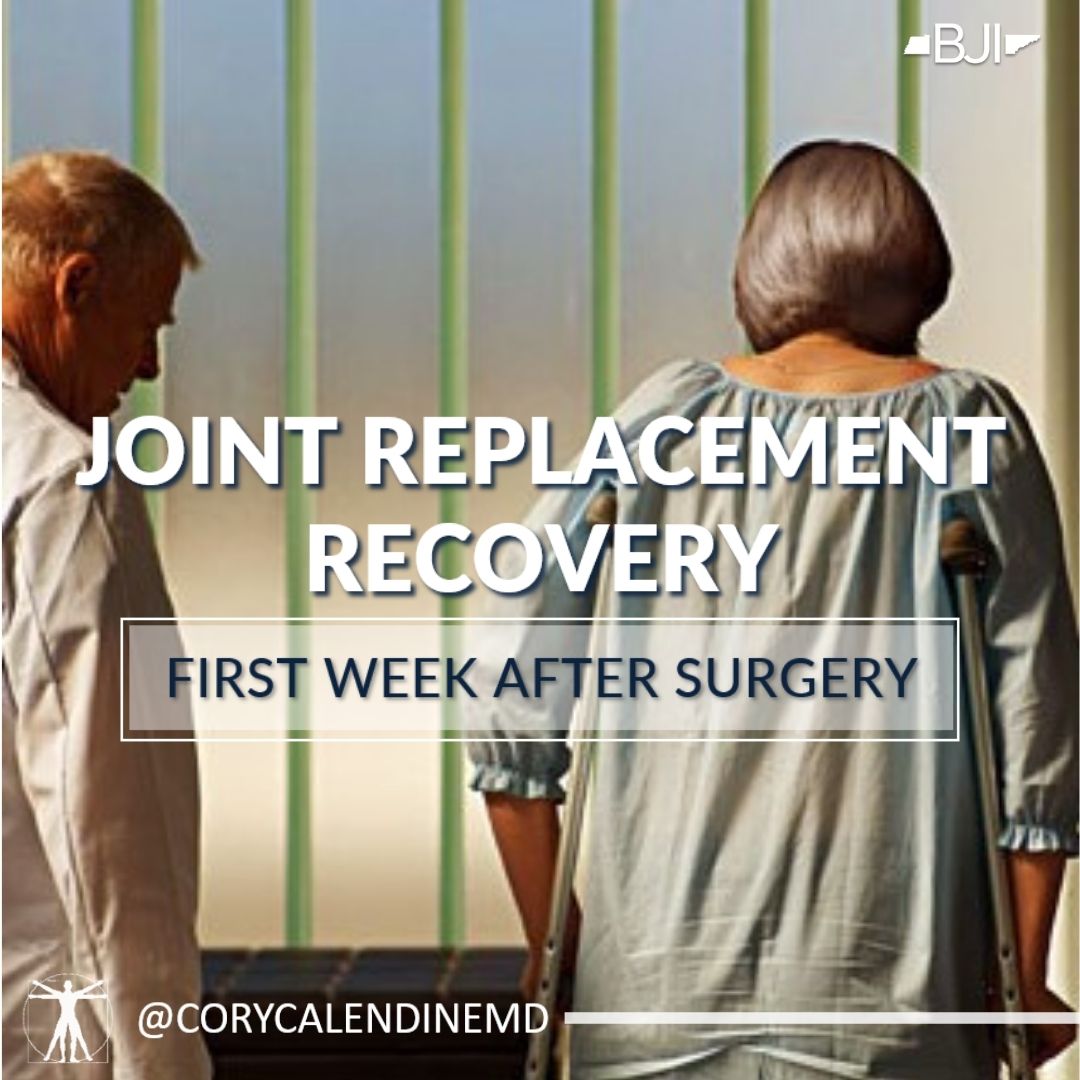When Should I Be Seen for Chronic Hip Pain?
Cory Calendine, MD, Orthopaedic Surgeon
Not only can arthritis lead to physical pain when it involves a joint, but there is also deformities they can develop as the result of arthritis. If you are experiencing pain or are dealing with the deformities we discuss below, those are signs that it might be a benefit to you to seek evaluation with an orthopedic surgeon.
Anatomy of Hip Replacement Surgery
The hip is a ball and socket joint, and there are certain diseases which can cause wear-and-tear of the cartilage on the surface of bones within the ball and socket joint. Joint diseases such as osteoarthritis and avascular necrosis can lead to the development of bone-on-bone contact in the hip - a very painful condition. Severe joint arthritis often leads to difficulty with normal daily activities including walking, climbing stairs, tying shoes, and getting in and out of a low car.
When orthopedic surgeons treat moderate to severe arthritis of the hip, we often discuss the option of hip replacement surgery. In total hip replacement, both the ball (femoral head) and the socket (acetabulum)of the hip joint is replaced.
For the hip socket, a metal cup is used to replace the worn-out socket portion of the hip while a ceramic or metal (less common) ball replaces the head of the femur bone within the hip joint. A hard plastic (polyethylene) liner is placed at the junction of the metal cup and artificial hip ball to create a new joint surface that allows low-friction movement. A metal stem is fitted inside the femur bone to replace the upper portion of the femur and support the new head ball. The artificial joint eliminates bone-on-bone contact - relieving pain for people who have advanced arthritis of the hip.
RELATED ARTICLES:
- Tylenol and Ibuprofen for Arthritis Pain
- Hip Replacement Myths
- Total Hip Replacement Surgery Explained
Risks of Total Hip Replacement
The most significant risks of joint replacement surgery include infection, bleeding, nerve injury, blood clots, and complications with anesthesia. Before surgery, patients work with our surgical team to make sure they are as healthy as possible going into the operating room. Optimizing health preoperatively can significantly limit the risk of complications with joint replacement surgery.
To date, joint replacement surgery is the closest thing medicine has to a cure for joint arthritis. The pro-arguments when deciding to have hip replacement surgery are that by eliminating the bone-on-bone contact and diseased surfaces of the hip, almost all patients can return to a healthy, active, and pain-free life. When considering post-operative improvement in quality of life, total hip replacement is possibly one of the most successful surgeries in modern medicine.
Are you suffering with persistent or progressively worsening hip pain and stiffness? Have the treatments you’ve tried up until now failed to provide relief? Hip pain that is chronic and progressive, interferes with daily activity and has interrupts your sleep should be evaluated by a qualified healthcare provider.
Dr. Cory Calendine is a fellowship-trained joint replacement surgeon specializing in the treatment of arthritis and other degenerative joint conditions of the hip and knee. Regardless of the cause or severity of your hip pain, Dr. Calendine and the team at the Bone and Joint Institute of Tennessee can individualize an advanced treatment program (with nonsurgical and surgical options) that offers joint pain relief and return to an active lifestyle. If living in or able to travel to middle Tennessee, CONSULT our office today.








